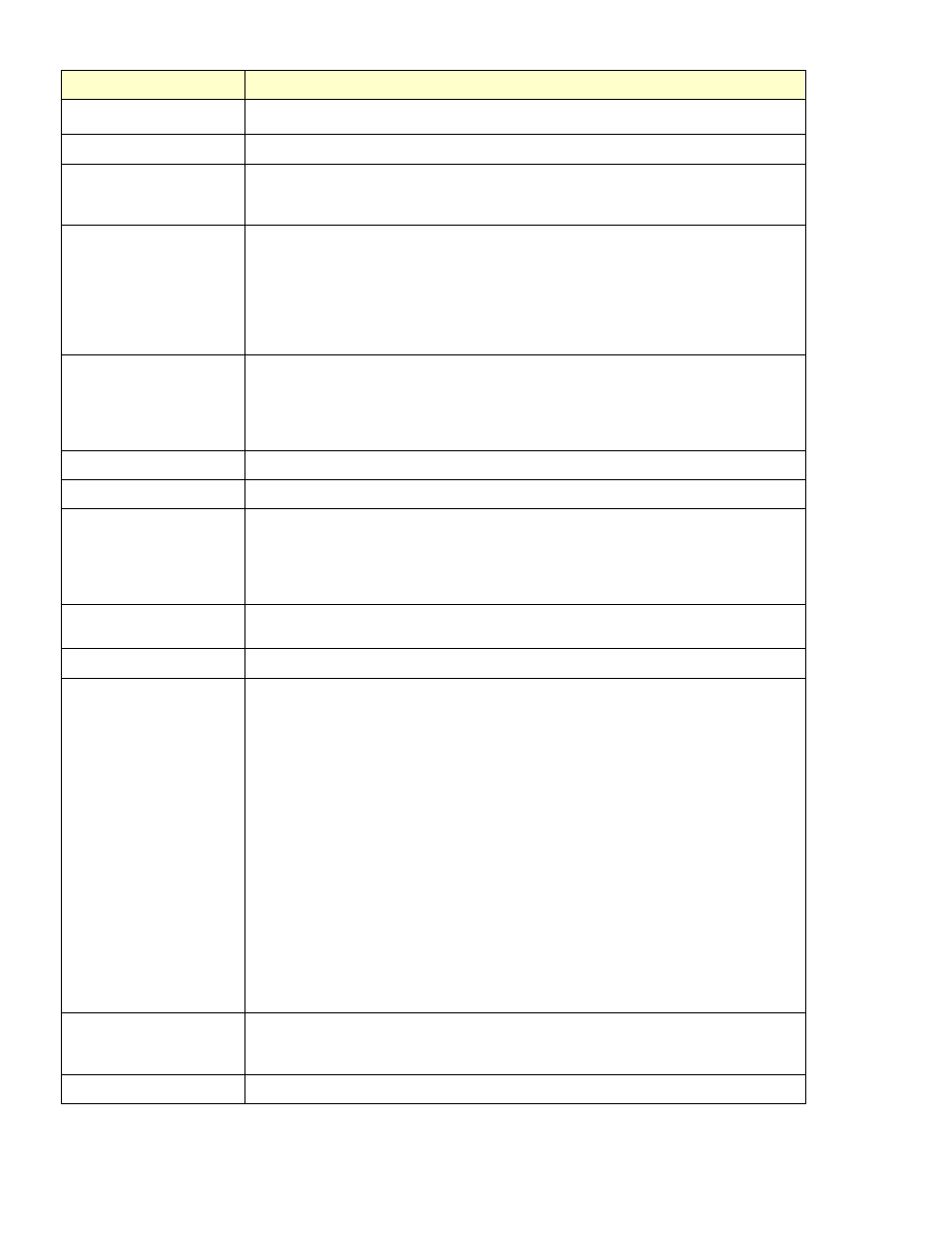Retrotec Residential Pressure & Air Leakage User Manual
Page 74

Page 74 of 75
©Retrotec Inc. 2014
Term
Definition
“conditioned” if their temperature follows indoor temperature closer than outdoor. (e.g. Any
space maintained above 50 F in winter and below 80 F in summer)
Control Cable
An Ethernet style cable used to control Retrotec fans from a gauge
Depressurization
The process of creating a negative pressure in the enclosure by blowing air out of it. Air is
drawn in from outside to replace it, showing up as “geysers” when checked with an air current
tester.
Door Fan
Commonly used term for a “Blower Door”, a test instrument that fits into an open doorway in
order to pressurize or depressurize an enclosure. It is a calibrated fan capable of measuring
air-flow, and is used while mounting it into an opening in the enclosure under test. A Door Fan
is often called a “Blower Door” or an “Infiltrometer™”. Door Fan is more linguistically correct
than the common term “blower door”, since it is not a “door,” but rather a “fan” and since it
does not use a “blower”. The “Door Fan” is a calibrated fan temporarily mounted in doorway,
hence the adjective “door” prefixing “fan”.
Effective Leakage Area
A common term used to describe air flow at a pressure by equating it to an equivalent size hole
in an elliptical nozzle that would pass the same air flow at the same test pressure. It is usually
taken at 4 Pa and incorporates a 1.0 discharge coefficient. It is typically about half the size of
an Equivalent Leakage Area that describes the same air flow rate. See ASTM E779-10, equation
(5).
EfLA
See “Equivalent Leakage Area”
EN
European Norm – a set of standards in Europe
Enclosure
The surface bounding a volume, which is connected to outdoors directly. For example an
apartment whose only access to outdoors was through a doorway that leads directly outdoors.
Or, a building with a series of apartments or offices whose only access to the outdoors is
through a common hallway then the enclosure would be the volume that bounds all of the
apartments or offices.
Envelope
The surfaces composed of floor and walls and floors that separate the test volume from
volume surrounding the test volume. Also see” enclosure”
EqLA
See “Equivalent Leakage Area”
Equivalent Leakage Area
(ELA or EqLA)
In layman’s terms: the ELA is the size of hole we would have if all the cracks and holes in the
building could somehow be brought together in one spot. Also called: Whole Room Leakage
and includes leaks through the ceiling and below the ceiling (BCLA). In CA2001 we measure
this in units ofsq ft or m
2
at a reference pressure in Pascals (Pa).
In Engineer’s terms: the equivalent size of hole required in a flat plate to give the same flow
rate having a discharge coefficient of 0.61 and taken at the Reference Pressure.
This ELA is sometimes called the EqLA or Canadian ELA because it was first used in the
Canadian (CGSB) air leakage standard for houses. This ELA enjoys worldwide acceptance by
most testers, even in the US. This ELA should not be confused with another ELA that is often
called the EfLA or Effective Leakage Area. It is very unfortunate that both these ELA’s have the
same acronym of ELA. The EfLA was developed for the US ASTM Standard and is smaller than
the EqLA by at least a factor of 0.61 because it uses a discharge coefficient of 1.0. This EfLA is
sometimes called the LBL or Lawrence Berkley Labs ELA because it was developed there and is
used in the LBL Natural Air Change Model that enjoys wide usage. Apart from that usage, the
EfLA is not used very much but the existence of both can create huge problems that are totally
lost on some users.
When EqLA is taken at a reference pressure of 75 Pa, it is often referred to as EqLA75. EqLA is
typically about twice the size of an Effective Leakage Area that describes the same air flow rate.
See ASTM E779-10, equation (5).
Fan Pressure
The pressure difference between inside the Blower Door and the surrounding air. This
pressure can be read as “PrB” from Channel B on the gauge. It is used by the computer to
calculate the air flow rate through the Blower Door.
Fan Top
Part of the fan where the tubing, Speed Control Cable, and power cable are connected.
